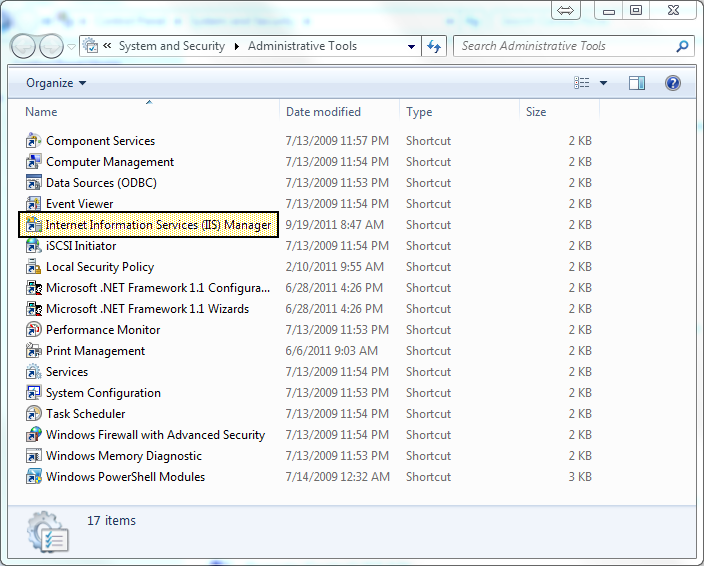

URL Rewrite permits Web administrators to easily replace the URLs generated by a Web application in the response HTML with a more user friendly and search engine friendly equivalent. Easily replace Web application URLs to produce user and search engine friendly results URL Rewrite further simplifies the rule creation process with support for content rewriting, rule templates, rewrite maps, rule validation, and import of existing mod_rewrite rules. Rules can be written to generate URLs that can be easier for users to remember, simple for search engines to index, and allow URLs to follow a consistent and canonical host name format.

NET, regular expression pattern matching, and wildcard mapping to examine information in both URLs and other HTTP headers and IIS server variables. URL Rewrite allows Web administrators to easily build powerful rules using rewrite providers written in. Define powerful rules to transform complex URLs into simple and consistent Web addresses In addition, Web administrators can perform redirects, send custom responses, or stop HTTP requests based on the logic expressed in the rewrite rules. NET providers, and other functionality integrated into IIS Manager, Web administrators can easily set up rules to define URL rewriting behavior based on HTTP headers, HTTP response or request headers, IIS server variables, and even complex programmatic rules. See the complete guide from Microsoft for configuring security in IIS Manager.IIS URL Rewrite 2.1 enables Web administrators to create powerful rules to implement URLs that are easier for users to remember and easier for search engines to find. Learn more about Visual KPI Security, and see the security Quickstart with an overview of all steps. Right-click Authentication in the Home panel and select Open Feature to open the Authentication panel.In IIS Manager, click the virtual directory for which you want to set authentication.You can either allow open access in which anyone can access each server, or you can set security, which requires users to authenticate with a username and password. The interfaces-the parent directory of the interfaces (data sources).We are concerned about security at three different levels: Read/write users of the Visual KPI Designer.Read-only users of the Visual KPI website.Note: Before you start this process, decouple directory inheritance.Įvery Visual KPI instance has two types of users: You can enable security for Interfaces, but it’s not usually necessary. You must enable security for each Visual KPI website and each Visual KPI Designer. You’ll need to do this for each virtual directory to which you want to edit permissions. Before you set up security for Visual KPI Sites, Interfaces and the Visual KPI Designer, you must enable security in Microsoft Internet Information Services (or IIS Manager for Windows).


 0 kommentar(er)
0 kommentar(er)
